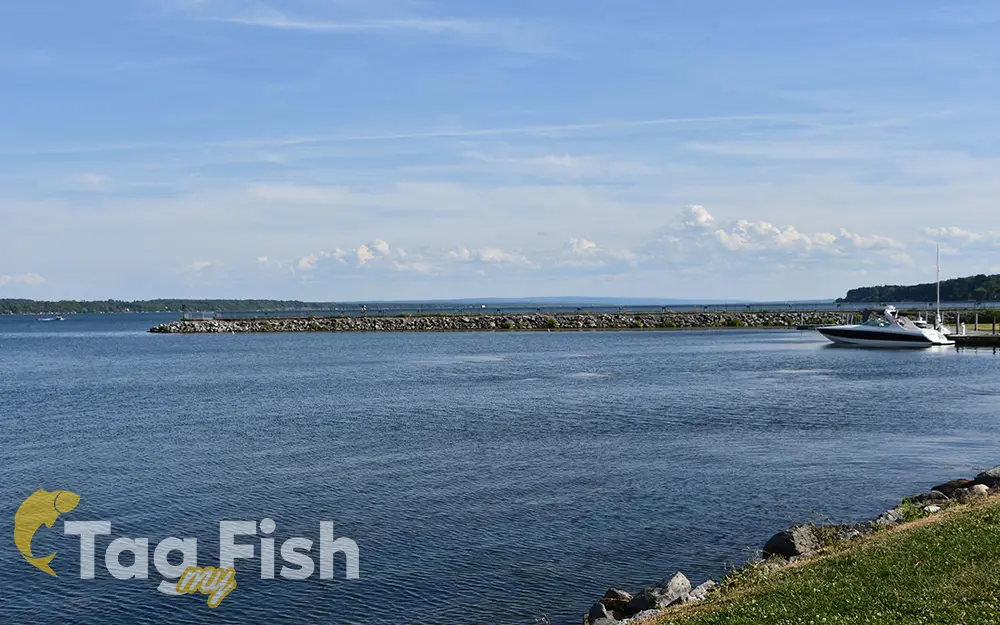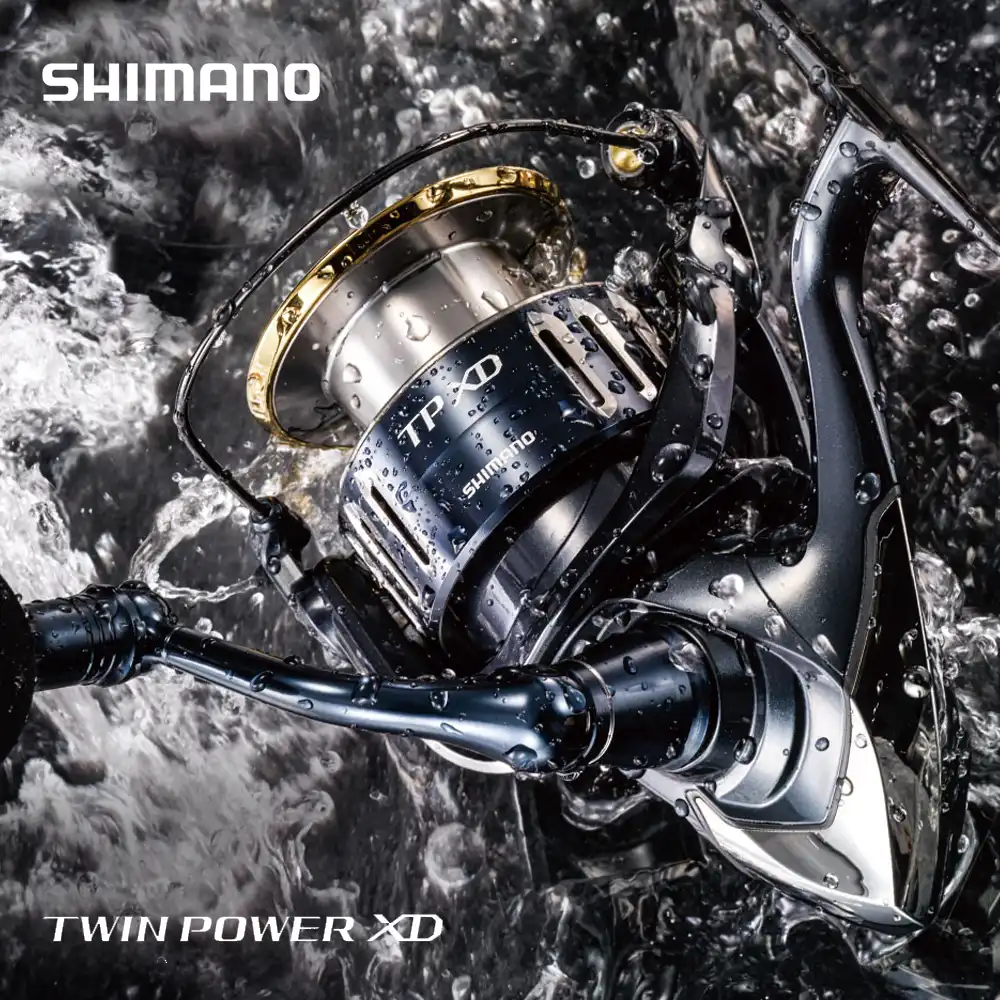Seneca Lake (New York)

General data
- Name: Seneca Lake (New York)
- Water system: St. Lawrence River
- Water type: Natural lake
- Progression: Cayuga-Seneca Canal -> Seneca River (New York) -> Oswego River (New York) -> Lake Ontario -> St. Lawrence River -> Gulf of St. Lawrence -> Atlantic Ocean -> Planet Earth
- Climates: Continental
- Continents: North America
- Countries: United States of America
Description
Seneca Lake is the largest of the glacial Finger Lakes of the U.S. state of New York, and the deepest glacial lake entirely within the state. It is promoted as the lake trout capital of the world, and is host of the National Lake Trout Derby. Because of its depth and relative ease of access, the US Navy uses Seneca Lake to perform test and evaluation of equipment ranging from single element transducers to complex sonar arrays and systems. The lake takes its name from the Seneca nation of Native Americans. At 38 miles (61 km) long, it is the second longest of the Finger Lakes and has the largest volume, estimated at 3.81 cubic miles (15.9 km3), roughly half of the water in all the Finger Lakes. It has an average depth of 291 feet (89 m), a maximum depth of 618 feet (188 m), and a surface area of 66.9 square miles (173 km2). Map showing Seneca Lake and the other Finger Lakes in relation to Lake Ontario and upstate New York For comparison, Scotland’s famous Loch Ness is 22.5 miles (36.2 km) long, 1.7 miles (2.7 km) wide, has a surface area of 21.8 square miles (56 km2), an average depth of 433 feet (132 m), a maximum depth of 744.6 feet (227.0 m), and total volume of 1.8 cubic miles (7.5 km3) of water.


